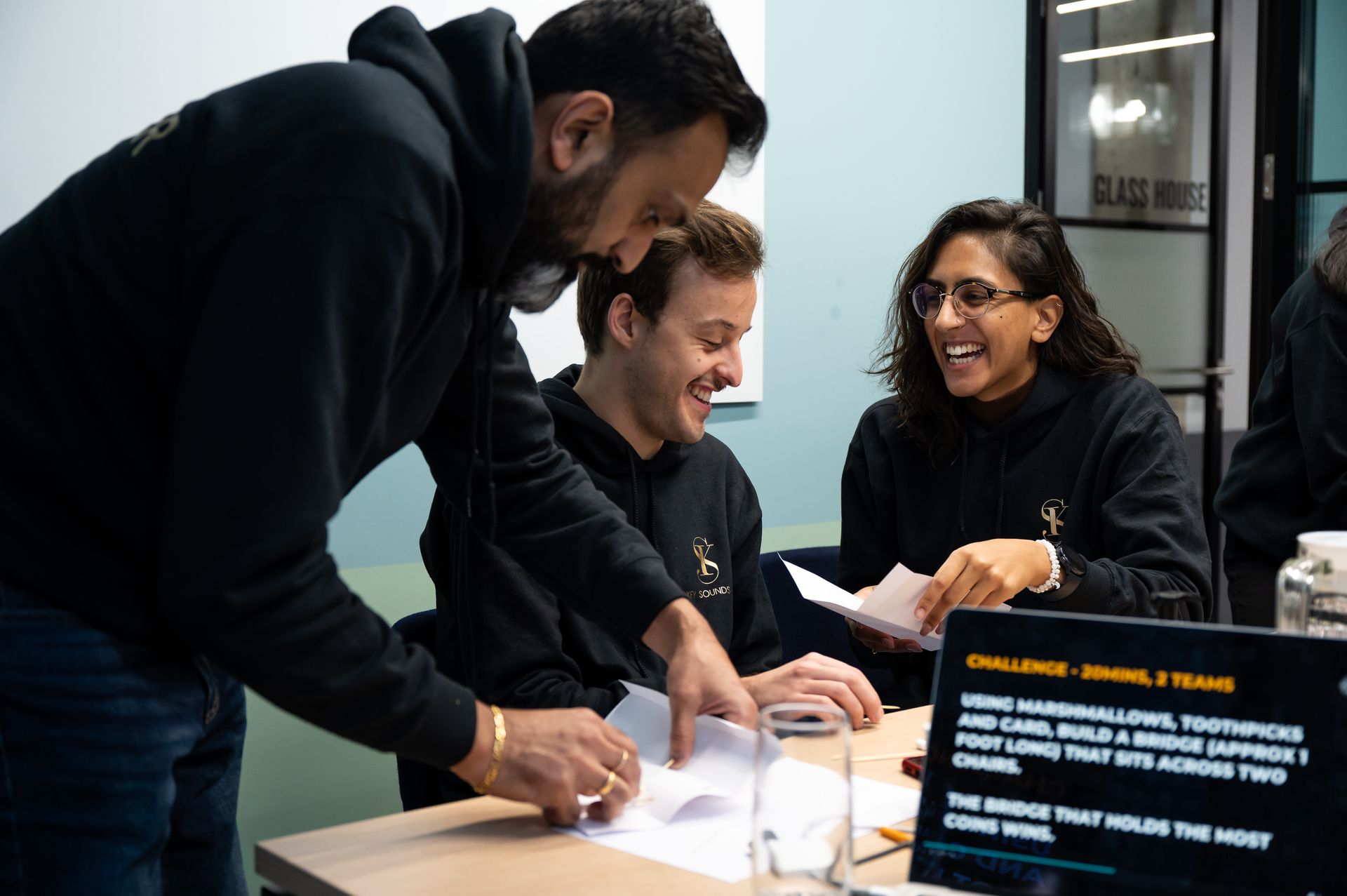Reshmi Patel • May 17, 2021
How to Shift from Online to In Person Piano Lessons
As the UK Lockdown restrictions begin to ease over the course of the next few weeks, we felt it was appropriate to share some of our learnings to support piano teachers and students who may be making a new transition between online and in-person lessons.
Here are our top tips to finding the balance which works best for you and the resources available:
1) Being open to new experiences
Although we miss face-to-face lessons, as a team we’ve worked incredibly hard to create an engaging online experience for our students. We were willing to continue on our mission in whichever medium possible!
Similar to a lot of education providers, we naturally had a handful of students who were reluctant to try online lessons but they gave it a go anyway and have been able to seen the progress and adaptations we have put into place. For this reason, when anyone asks about if they should TRY online lessons, we always recommend they give it a go.
If there are trial classes or periods, we’d recommend giving these a go whether this is in-person or online.
2) Connection
The relationship between student and teacher plays a large role in the trajectory of a child or adults’ success. It’s important for the children to feel safe and be able to express themselves with their teacher, particular for creative arts activities. For this reason, whether it’s online or in-person we recommend asking any questions you have and reflecting on your lesson after you have met your teacher. If they are not the correct fit for you, that’s okay, there are plenty of other teachers to choose from.
3) Communication
It may be useful to look at the different forms of communication, both for online and in-person lessons.
It’s important for both student and teacher to have forms of communication outside of their lessons should they require feedback on their playing or have any questions or concerns.
The most important question to ask if you are having an in-person lesson is if the Covid-19 guidelines will be followed (if these are still applicable when you have your lesson) and how to ensure you can best follow these practices before arriving to your lesson. For online lessons the questions may be: which details are required to login to the lesson and what equipment is required before you join the call.
Here’s a brief checklist of what you will need in preparation for an online Piano Lesson with Key Sounds UK: https://www.keysoundsuk.com/our-best-practices-using-zoom-for-online-piano-lessons
Here at Key Sounds UK, it’s always been about communication and building empowering relationships with our students.
We are so fortunate to have such corporate students and tools available to us. Let’s take advantage of them and help spread the joys of learning and listening to music.
Feel free to take a look around our website or connect with us directly.

Music theory is the foundation of great piano playing. Here are the essential concepts every beginner should know: 1. Notes and the Musical Alphabet Music consists of 12 notes: A, B, C, D, E, F, G, and their sharps and flats. Learning the notes on the keyboard is the first step. 2. Understanding Rhythm and Time Signatures Time signatures tell you how many beats are in each measure. The most common is 4/4 time, where each measure has four beats. 3. Chords and Scales Scales build finger strength and understanding of key signatures, while chords provide harmonic structure. Start with major and minor scales, then move to simple triads. 4. Intervals and Ear Training Intervals (the distance between two notes) help with sight-reading and ear training, allowing you to recognize harmonies in music. 5. Reading Sheet Music Learning how to read notes on the staff will allow you to play a wider variety of music and become more independent as a pianist. 6. Applying Theory to Playing Understanding theory isn’t just academic - it helps you improvise, compose, and interpret music more expressively. By mastering these basics, you’ll build a solid foundation for piano success! Get in touch to find out more information here: www.keysoundsuk.com/contact

Learning to play the piano is more than just mastering an instrument, it’s a skill that can enrich your life in countless ways. Whether you dream of a full-time career in music, a side gig performing or teaching, or simply want to enjoy playing as a hobby, the piano offers lifelong benefits. Here’s why sticking with piano practice, whether you’re a beginner or an intermediate player, is always a great idea. 1. Opens Doors to Musical Career Opportunities If you’re passionate about music, learning the piano can lead to exciting career paths. You could become a professional musician, a music teacher, an accompanist, or even a composer. With dedication and practice, the piano can be a stepping stone to a fulfilling career in the music industry. 2. A Side Gig with Endless Possibilities Even if you don’t pursue music full-time, piano skills can provide additional income opportunities. You could play at events, teach lessons part-time, or collaborate with other musicians. Having a musical side gig can be both financially and personally rewarding. 3. Enhances Cognitive and Emotional Well-Being Studies show that playing the piano improves memory, coordination, and concentration. It also serves as a creative and emotional outlet, helping to relieve stress and boost overall mental well-being. 4. Builds Confidence and Discipline Learning piano requires patience, practice, and perseverance. As you progress, you’ll develop confidence in your abilities and a sense of achievement that carries over into other areas of life. 5. Lifelong Enjoyment as a Hobby Even if you never perform professionally, playing the piano is a rewarding lifelong hobby. Whether you’re playing for yourself, family, or friends, music brings joy and relaxation at any age. 6. Social and Collaborative Opportunities Piano playing isn’t just a solo activity. You can join bands, accompany singers, or participate in community events. Music fosters connections and brings people together in meaningful ways. Whether you pursue piano as a career, a side gig, or a hobby, the benefits are undeniable. From cognitive growth to creative expression, piano playing is a skill that stays with you for life. Keep practicing, stay motivated, and enjoy the journey because every note you play adds value to your life. Get in touch to find out more information here: www.keysoundsuk.com/contact

Many people hesitate to learn piano due to common myths that discourage them. Let’s debunk these misconceptions and show why anyone can succeed at playing piano. 1. "You Need to Start as a Child to Be Good" While starting young has advantages, adults can learn just as effectively with consistent practice and the right approach. Many adult beginners achieve great results by setting structured goals. 2. "You Must Have Natural Talent to Play Well" Talent helps, but piano playing is a skill that improves with practice. Even professional musicians rely more on dedication than raw talent. 3. "Learning to Read Music Is Too Hard" Reading sheet music may seem daunting at first, but it’s like learning a new language. With step-by-step guidance and regular practice, anyone can master it. 4. "You Need an Expensive Piano to Learn Properly" A high-end piano is nice, but not necessary. A simple digital keyboard with weighted keys is enough to build skills and technique. 5. "Practicing for Hours Every Day Is Required to Improve" Quality matters more than quantity. Short, focused practice sessions (20–30 minutes) with proper technique yield better results than mindless repetition. By breaking these myths, more people can confidently start their piano journey and enjoy the process! Get in touch to find out more information here: www.keysoundsuk.com/contact
